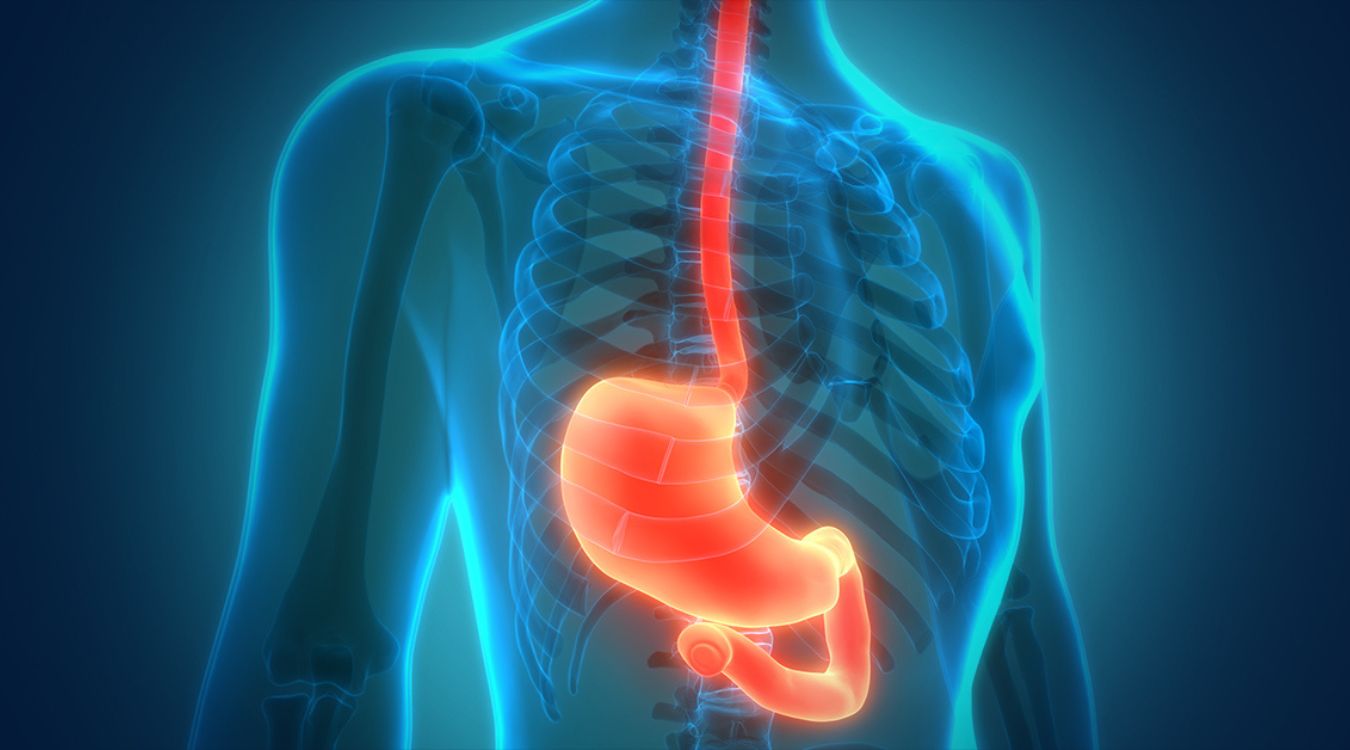
Barrett Ulcer is a condition that affects the lining of the esophagus, often linked to chronic acid reflux. But what exactly is Barrett Ulcer? In simple terms, it’s a type of ulcer that forms in the esophagus, where the tissue lining changes to resemble the lining of the intestine. This transformation can increase the risk of developing esophageal cancer. Understanding this condition is crucial for early detection and treatment. Here, we’ll dive into 30 essential facts about Barrett Ulcer, covering everything from symptoms and causes to treatment options and prevention tips. Get ready to learn some vital information that could make a difference in your health or that of someone you know.
Key Takeaways:
- Barrett Ulcer is a condition in the esophagus caused by chronic acid reflux. Lifestyle changes, medications, and regular check-ups are crucial for managing symptoms and reducing the risk of complications.
- Understanding the causes and risk factors of Barrett Ulcer, such as obesity and smoking, can help in its prevention. Early detection through endoscopy and regular monitoring are essential for effective treatment.
What is Barrett Ulcer?
Barrett Ulcer is a condition that affects the esophagus. It often results from chronic acid reflux, leading to changes in the lining of the esophagus. Here are some key facts about Barrett Ulcer to help you understand it better.
-
Barrett Ulcer is named after Norman Barrett, a British surgeon who first described the condition in 1950.
-
This condition is a complication of Gastroesophageal Reflux Disease (GERD), where stomach acid frequently flows back into the esophagus.
-
Barrett's Esophagus occurs when the normal squamous cells lining the esophagus are replaced by columnar cells, which are more resistant to acid.
-
Not everyone with GERD will develop Barrett's Esophagus, but those who do are at a higher risk of developing esophageal cancer.
-
Symptoms of Barrett Ulcer include chronic heartburn, difficulty swallowing, and chest pain.
Causes and Risk Factors
Understanding what causes Barrett Ulcer and the risk factors involved can help in its prevention and management.
-
Chronic acid reflux is the primary cause of Barrett Ulcer.
-
Obesity increases the risk of developing Barrett's Esophagus due to increased pressure on the stomach, which can cause acid reflux.
-
Smoking is another significant risk factor, as it weakens the lower esophageal sphincter, allowing acid to escape from the stomach.
-
Genetics also play a role; if a family member has Barrett's Esophagus, your risk is higher.
-
Age is a factor; most people diagnosed with Barrett's Esophagus are over 50.
Diagnosis and Detection
Early detection of Barrett Ulcer is crucial for effective treatment and management.
-
Endoscopy is the most common method for diagnosing Barrett's Esophagus. A flexible tube with a camera is inserted down the throat to examine the esophagus.
-
During an endoscopy, biopsies are often taken to check for precancerous cells.
-
Barium swallow X-rays can also help in diagnosing Barrett's Esophagus by highlighting abnormalities in the esophagus.
-
Esophageal manometry measures the rhythmic muscle contractions of the esophagus when swallowing, helping to identify any dysfunction.
-
pH monitoring tests the acid levels in the esophagus over 24 hours to confirm chronic acid reflux.
Treatment Options
Several treatment options are available for managing Barrett Ulcer, ranging from lifestyle changes to medical procedures.
-
Lifestyle changes such as losing weight, quitting smoking, and avoiding foods that trigger acid reflux can help manage symptoms.
-
Medications like proton pump inhibitors (PPIs) reduce stomach acid production and help heal the esophagus.
-
Endoscopic therapies include radiofrequency ablation, where heat is used to destroy abnormal cells.
-
Cryotherapy involves freezing abnormal cells in the esophagus to remove them.
-
In severe cases, surgery such as esophagectomy may be necessary to remove damaged sections of the esophagus.
Complications and Prognosis
Barrett Ulcer can lead to several complications if not properly managed.
-
The most serious complication is the development of esophageal adenocarcinoma, a type of cancer.
-
Strictures, or narrowing of the esophagus, can occur, making swallowing difficult.
-
Ulcers in the esophagus can lead to bleeding and pain.
-
Barrett's Esophagus itself is a precancerous condition, meaning it can develop into cancer if left untreated.
-
Regular monitoring and treatment can significantly reduce the risk of complications.
Living with Barrett Ulcer
Managing Barrett Ulcer involves ongoing care and lifestyle adjustments.
-
Dietary changes such as eating smaller meals and avoiding spicy foods can help manage symptoms.
-
Elevating the head of the bed can prevent nighttime acid reflux.
-
Regular check-ups with a gastroenterologist are essential for monitoring the condition.
-
Stress management techniques like yoga and meditation can reduce symptoms of acid reflux.
-
Support groups can provide emotional support and practical advice for living with Barrett Ulcer.
Final Thoughts on Barrett Ulcer
Barrett Ulcer, a complication of GERD, can lead to serious health issues if not managed properly. Knowing the symptoms like chronic heartburn, difficulty swallowing, and chest pain can prompt early medical intervention. Regular screenings and lifestyle changes such as a healthy diet, weight management, and avoiding tobacco and alcohol can significantly reduce risks. Medications and, in severe cases, surgery might be necessary for treatment. Understanding these facts empowers you to take proactive steps for your health. If you experience persistent GERD symptoms, consult a healthcare provider. Early detection and management are key to preventing complications. Stay informed, stay healthy.
Frequently Asked Questions
Was this page helpful?
Our commitment to delivering trustworthy and engaging content is at the heart of what we do. Each fact on our site is contributed by real users like you, bringing a wealth of diverse insights and information. To ensure the highest standards of accuracy and reliability, our dedicated editors meticulously review each submission. This process guarantees that the facts we share are not only fascinating but also credible. Trust in our commitment to quality and authenticity as you explore and learn with us.
